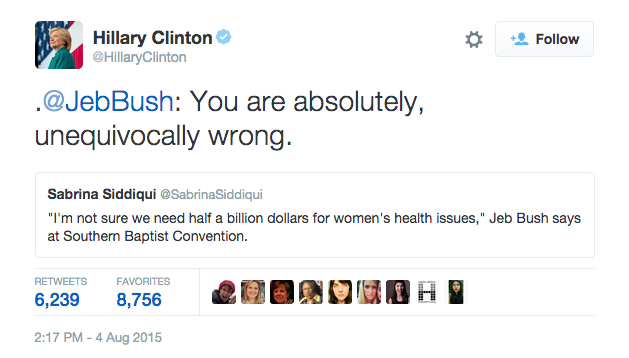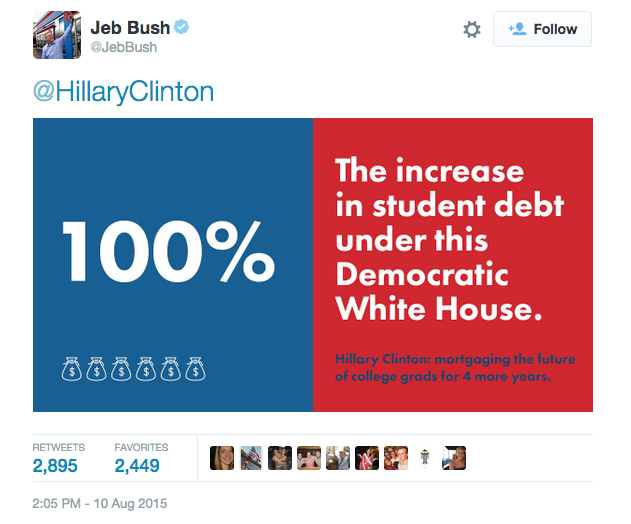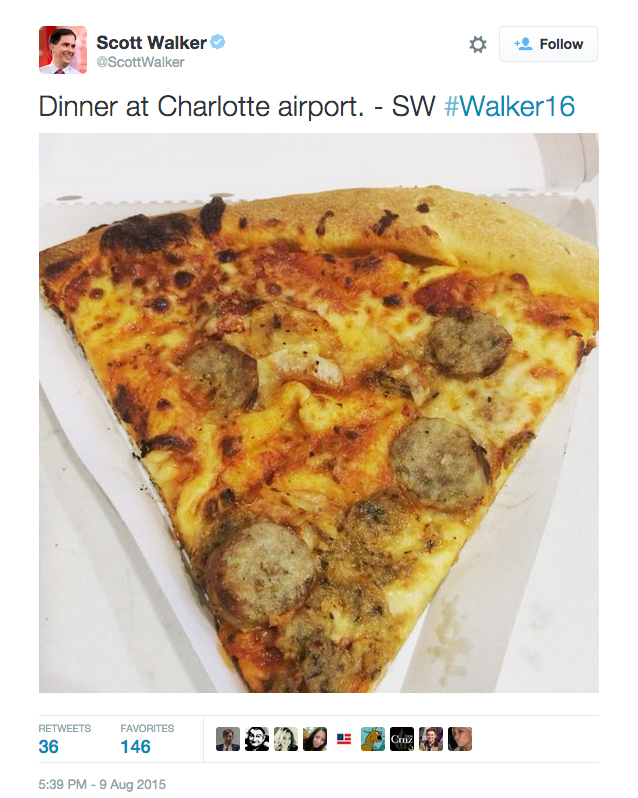Digital Marketing Conference Keynote – Content Strategy
Come see my keynote on Content Strategy at Digital Crush 2019 – a digital marketing conference on Friday, October 11, 2019, at the Three Rivers Convention Center in Tri-Cities, Washington. It is – I’m stealing this directly from their website – “a full-packed, one-day conference for digital marketers and business professionals looking to grow their digital marketing skillset and toolbox. In a collaborative and inspiring atmosphere, participants will be able to learn, exchange ideas, network and establish relationships with others in the area.”

Content Strategy is arguably one of the most unglamorous parts of marketing, but also one of the most important. My experience (from a startup, to starting my own business) shows that great content requires a strategy, and that many stakeholders misunderstand marketing as simply tactics. We will go over the challenges marketers face everyday—from hurried requests to the approval process—and how a well-prepared content strategy will help you mitigate those issues. We will also discuss the philosophy behind your content strategy, how it can improve your marketing, and offer practical tips on designing it from start to finish. You will walk away with a better understanding of how to manage your marketing, control, and creativity to craft better, customer-focused marketing.
There is a great lineup of speakers. See who they are in the PR below. They will discuss a variety of marketing topics. It’s exciting to see!
So join us in the Tri-Cities on October 11. I hope to see you there!
Digital Crush link: https://thedigitalcrush.com/
Conference Schedule: https://thedigitalcrush.com/schedule/
From Digital Crush:
Digital Crush, the Inland Northwest’s First Digital Marketing Summit, Coming to Three Rivers Convention Center October 11
Digital Crush, the Inland Northwest’s first Digital Marketing Summit, will be held Friday, October 11, 2019, at the Three Rivers Convention Center in Tri-Cities, Washington.
Digital Crush is a full-day conference for digital marketers and business professionals looking to grow their digital marketing skillset and toolbox. Bringing together and educating digital marketers and small business members of the inland northwest on practical and important digital marketing practices, the goal is to drive increased market share, new customers, and profitability for regional businesses, through utilization of the newest and best practices in digital marketing.
the 2019 Digital Crush Summit Speaker Lineup:
- Ali Schwanke, CEO Simple Strat, Lincoln, Nebraska – Keynote
- Paul Warner, Marketing Campaign Manager Schweitzer Engineering, Pullman, WA – Keynote
- Cindy Krum, CEO & Founder, MobileMoxie, Denver, CO – Keynote
- Torey Azure, CEO BrandCraft, Tri-Cities, WA
- Manny Rivas III, CMO Aimclear, Duluth, MN
- Diane Mahan, Chief Digital Strategy Officer Klü Digital, Spokane, WA
- Matt Johnston, CEO Guide Social, Philadelphia, PA
- Spencer Haws, Blogger at NichePursuits.com + Founder LongTailPro.com & LinkWhisperer.com, Tri-Cities, WA
- Chris Davis, Performance Marketing Manager ConnectYourCare, Tri-Cities, WA
- Barrett Pryce, Director of Marketing Vivid Learning Systems, Tri-Cities, WA
- Thomas Kratsch, President & CEO Activities & Tours Marketing by TRK Creative, Seattle, WA
- Dee Boyle, Digital Marketing Strategist BrandCraft, Tri-Cities, WA
- Travis Scott, Director of Marketing at ISM, Spokane, WA
- Bethany Lee, Digital Marketing Manager Visit Tri-Cities, Tri-Cities, WA
- Elsie Puig, Marketing Manager, Flex Rental Solutions, Tri-Cities, WA
- Jordan Beilin, Director of Advanced Advertising Sales Spectrum Reach, Denver, CO
Speakers will share their expertise on digital marketing trends and topics including content strategy, search engine optimization, analytics insights, mobile and video digital marketing, B2B digital marketing, call tracking, and more.
Torey Azure, BrandCraft CEO and a member of the Digital Crush Planning Committee, said “we’re excited to bring a digital summit to the Inland Northwest, providing both an opportunity for the exchange of best practices and good ideas around digital marketing, and equipping regional business professionals and digital marketers with additional education opportunities and resources to help realize an even greater return on their digital marketing investments.”
While digital marketing summits are held around the country, this will be the first summit of its kind held in Eastern Washington. Tickets and more event info can be found at https://thedigitalcrush.com/.
Vision: “Our goal is to bring together and educate digital marketers and small business of the inland northwest on practical and important digital marketing practices. Through this we hope that your business is able to increase market share, customers and profit by utilizing the newest and best practices in digital marketing.”
Contact: info@thedigitalcrush.com







